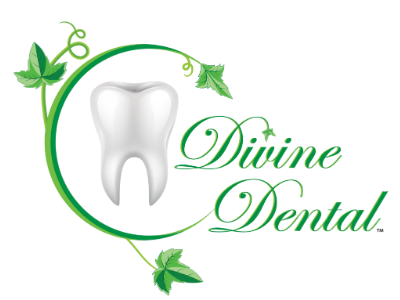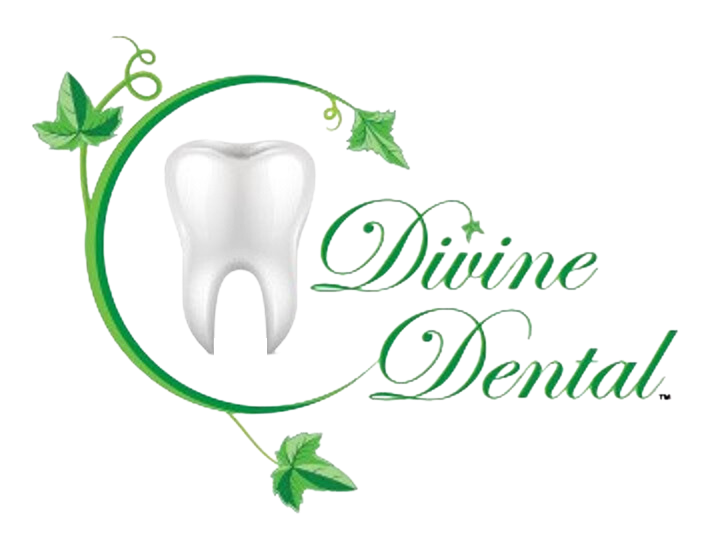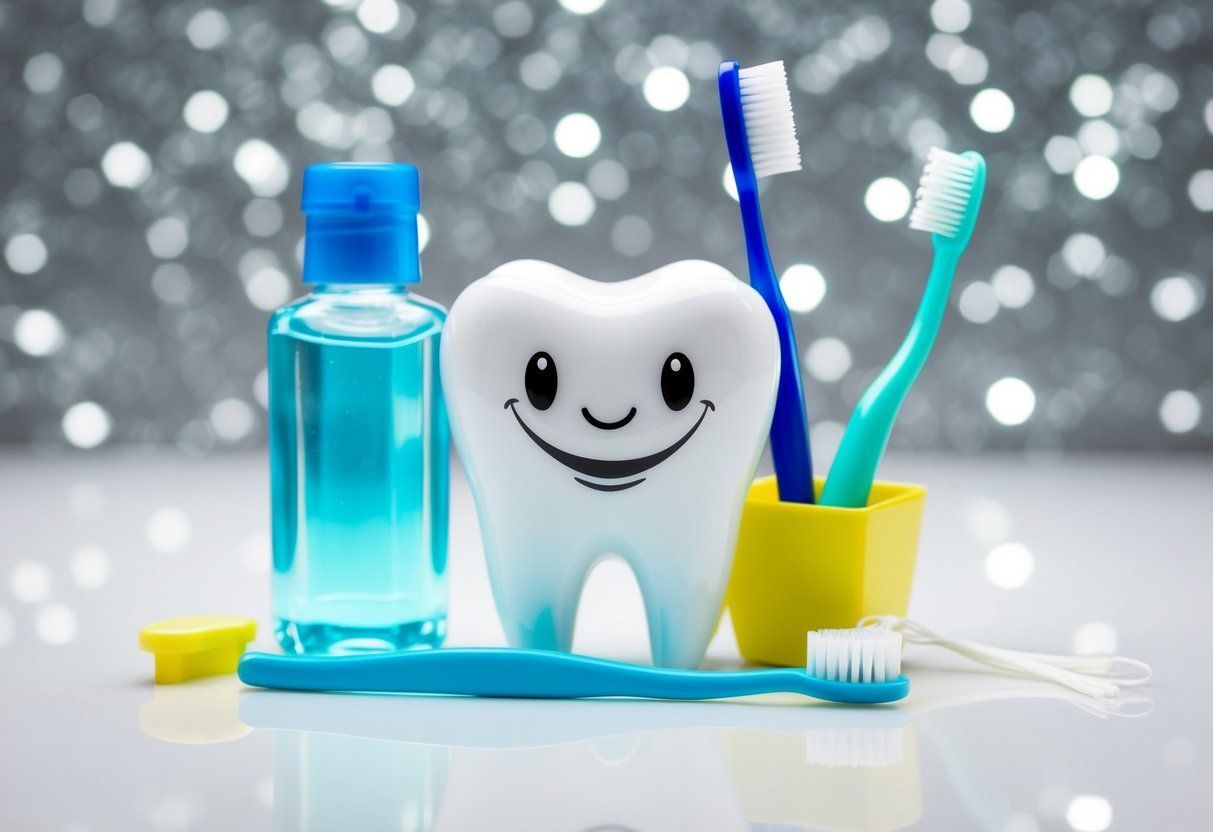5 Common Triggers For Tooth Sensitivity And How To Avoid Them
Tooth sensitivity is a common issue that affects millions of people worldwide. It is characterized by a sharp and often sudden pain or discomfort when teeth come into contact with certain stimuli such as hot or cold foods, sweet treats, and even cold air. This dental condition can significantly impact one's quality of life, making it challenging to enjoy everyday activities like eating, drinking, or even brushing teeth.
To alleviate this discomfort, it is crucial to identify and understand the common triggers for tooth sensitivity. By being aware of these triggers, individuals can take proactive steps to avoid them, leading to improved dental health and overall well-being. In this article, we will explore five common triggers for tooth sensitivity and provide practical solutions to help individuals avoid them. By implementing these preventive measures, individuals can effectively manage tooth sensitivity and enjoy a pain-free dental experience.
Common Triggers of Tooth Sensitivity
- Acidic Foods: Consuming foods and drinks that are high in acidity, such as citrus fruits, vinegar, and soda, can erode tooth enamel over time. This can expose the sensitive dentin layer and lead to tooth sensitivity. Limiting acidic food and drinks can help reduce sensitivity.
- Gum Recession: When the gum tissue recedes from the tooth, it exposes the root surface which is not protected by enamel. This can make the teeth more sensitive to hot and cold temperatures. Maintaining good oral hygiene practices and using a soft toothbrush to prevent gum recession can help reduce sensitivity.
- Tooth Decay: Cavities and tooth decay can weaken tooth enamel, leading to sensitivity. Proper dental care, including regular brushing, flossing, and dental checkups, can help prevent tooth decay and reduce sensitivity.
- Tooth Grinding: Grinding or clenching the teeth, a condition known as bruxism, can wear down enamel and expose the dentin layer. This can result in sensitivity to hot and cold temperatures. A mouth guard can help protect the teeth and reduce sensitivity caused by tooth grinding.
- Dental Treatment: Procedures such as dental cleanings, fillings, and teeth whitening can cause temporary sensitivity. This is usually transient and should subside within a few days. Using desensitizing toothpaste or taking over-the-counter pain relievers can help manage sensitivity after dental treatment.

How to Avoid Triggers for Tooth Sensitivity
- Use a soft-bristled toothbrush: Opt for a soft-bristled toothbrush to prevent enamel erosion and gum recession. Brush gently in a circular motion to avoid further damage to tooth enamel and gum tissue.
- Avoid acidic foods and drinks: Acidic foods and drinks, like citrus fruits, soda, and vinegar, can erode tooth enamel. Limit your consumption of these foods and rinse your mouth with water after consuming them to help neutralize the acidity.
- Practice good oral hygiene: Brush your teeth twice a day for two minutes using fluoride toothpaste. Don't forget to floss daily to remove plaque and food particles from between your teeth. Good oral hygiene helps prevent tooth decay and lower the risk of tooth sensitivity.
- Use fluoride toothpaste: Fluoride helps strengthen tooth enamel, reducing sensitivity. Look for toothpaste containing fluoride and use it regularly.
- Seek dental treatment for underlying dental conditions: Dental conditions like gum disease and tooth decay can contribute to tooth sensitivity. Regular dental checkups and cleanings can prevent and address these issues. If necessary, your dentist may recommend specific treatments such as a mouth guard for teeth grinding or a fluoride treatment to strengthen enamel.
By following these strategies, you can avoid common triggers for tooth sensitivity and maintain a healthy, pain-free smile. Remember, it's important to consult with your dentist for a personalized oral care plan that suits your specific needs.
Other Methods to Reduce the Pain of Tooth Sensitivity
- Desensitizing Toothpaste: Using a desensitizing toothpaste is an effective method for reducing tooth sensitivity pain. These toothpastes contain ingredients like potassium nitrate or strontium chloride, which help to block nerve signals and reduce sensitivity. To use desensitizing toothpaste, simply apply a pea-sized amount to your toothbrush and brush your teeth as normal. Use the toothpaste twice a day or as directed by your dentist. Over time, it can help decrease tooth sensitivity and provide relief.
- Fluoride Treatments: Fluoride treatments can also help reduce tooth sensitivity by strengthening tooth enamel. Your dentist may apply a fluoride gel or varnish directly to your teeth during a dental visit. Fluoride helps to remineralize the enamel and prevent further erosion, reducing sensitivity. Additionally, using a fluoride toothpaste regularly can provide ongoing protection against sensitivity.
- Mouth Guard: For people who grind their teeth (bruxism), wearing a mouth guard can alleviate tooth sensitivity caused by enamel wear. A custom-made mouth guard, provided by a dentist, cushions the teeth and prevents grinding forces from causing further damage. By protecting the teeth and minimizing grinding, a mouth guard can help alleviate tooth sensitivity.
- Good Oral Hygiene: Practicing good oral hygiene is essential for reducing tooth sensitivity. Brush your teeth twice a day with a soft-bristled toothbrush using a gentle, circular motion. Avoid aggressive brushing, as it can lead to enamel erosion. Additionally, floss daily to remove plaque and food debris from between teeth. Proper oral hygiene prevents gum disease and tooth decay, which can contribute to tooth sensitivity.
- Professional Dental Treatment: Seeking professional dental treatment is crucial for addressing the underlying causes of tooth sensitivity. Dentists can diagnose and treat conditions such as gum disease, tooth decay, and gum recession, which can lead to sensitivity. Regular dental checkups and cleanings are important for preventing and managing sensitivity. Your dentist may recommend additional treatments, such as fillings, root canals, or gum grafts, depending on the severity of your sensitivity.

Conclusion
In conclusion, understanding and avoiding the common triggers for tooth sensitivity is vital for maintaining optimal oral health and reducing pain. By being mindful of what we eat and drink, practicing good oral hygiene, and seeking professional dental treatment when necessary, we can effectively manage tooth sensitivity. Incorporating fluoride treatments, using a mouth guard for teeth grinding, and practicing good oral hygiene can significantly alleviate sensitivity and protect tooth enamel from further erosion. Remember, prevention is key, so it's crucial to stay proactive in identifying and avoiding triggers that contribute to tooth sensitivity. By taking these steps, we can enjoy a pain-free smile and promote overall oral well-being. Make sure to consult with your dentist or The Scottsdale Dentist for personalized guidance and treatment options that will best suit your specific needs.




